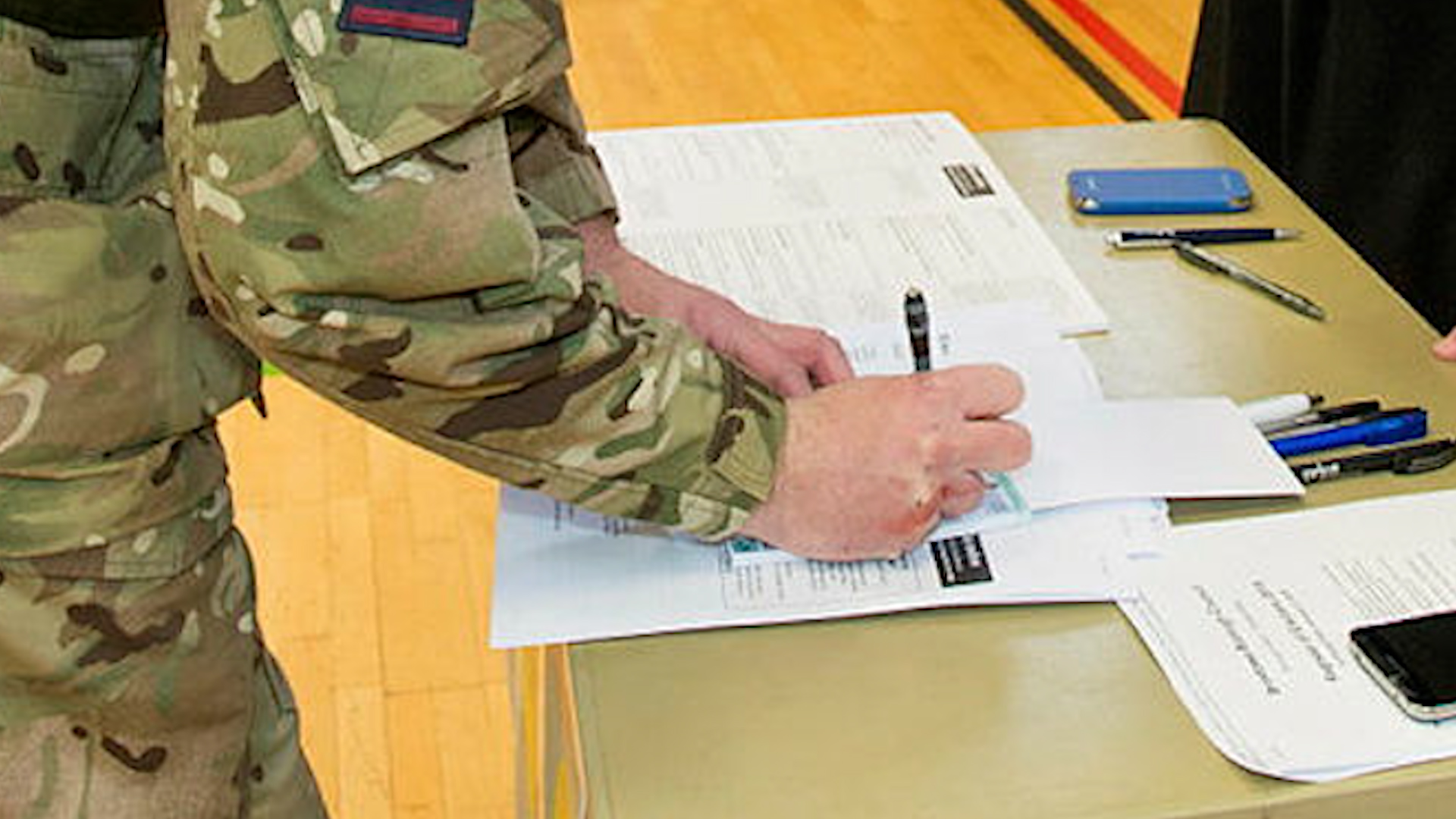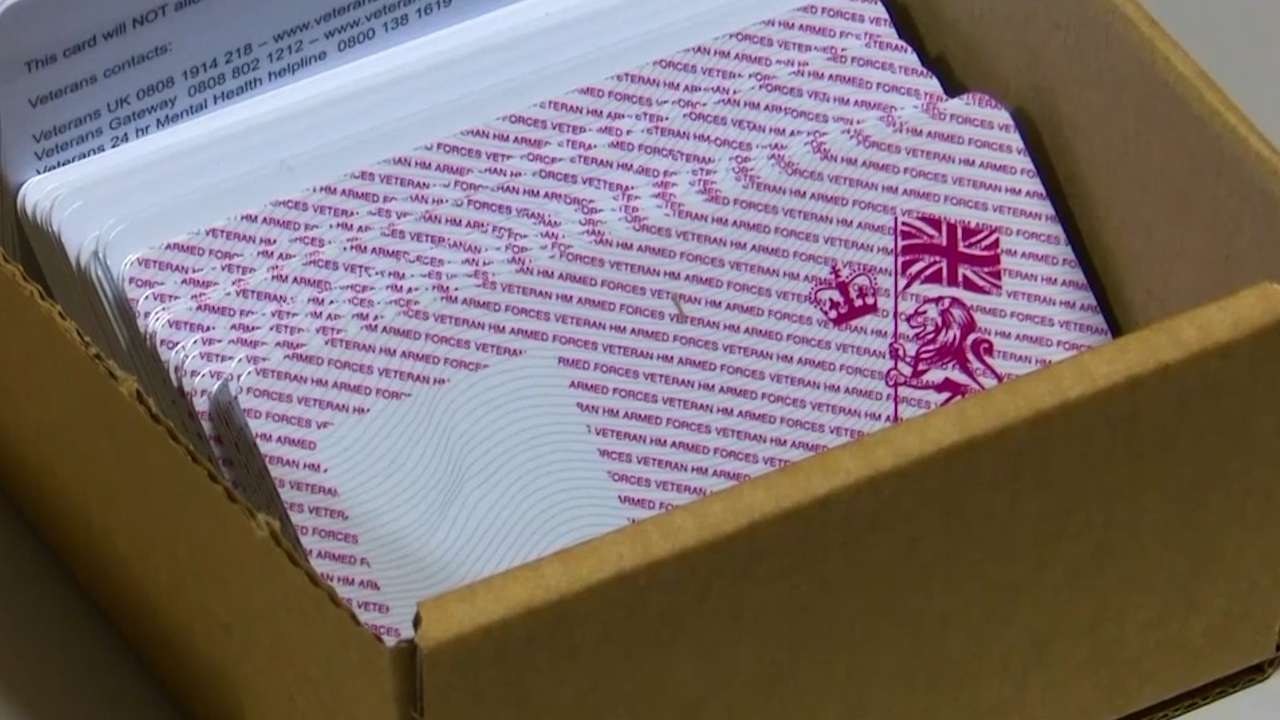
General election: How can Armed Forces personnel make sure they get their vote

Prime Minister Rishi Sunak surprised the country by deciding to call a snap general election, taking place on 4 July.
It will be the first opportunity for many newer members of the Armed Forces to vote in a general election – the last time the country went to the polls was December 2019.
Forces News has looked at how military personnel can ensure they don't miss out on their chance to cast their vote, with today, Tuesday 18 June, the deadline to register.
When voting as a member of the Armed Forces there are different options.
Every unit in the Armed Forces should have a nominated unit registration officer, a person in the chain of command that any member of the unit can approach to seek advice about voting.
Register to vote
Most people in the UK cast their vote on election day by physically turning up at a polling station and putting a cross on the ballot sheet next to the name of candidate they prefer.
However, given the nature of military service, you are likely to be based away from the place you call home, and could even be overseas on exercise or operations on 4 July.
Don't worry, the Electoral Commission has got you covered.
The first thing you must do is register to vote, adding your details to what is known as the electoral roll.
Whether you intend to vote in person, by post or by what is known as proxy, which is when you nominate someone to vote on your behalf, it is vital you have first registered with the electoral commision.
If you are a member of the Armed Forces, the UK Government has thought about this and produced a dedicated web page just for you.
Simply search online for 'register to vote for members of the Armed Forces' and you will find this specialist Government webpage.
Information required
Importantly, you need two pieces of information when you register to vote as a member of the Armed Forces.
The first thing you need is your service number – stated on your MOD 90.
The second piece of information they are going to ask for is your National Insurance number which you will find on your pay slip. It starts with two letters, followed by six numbers and another letter at the end. For example: AA 01 22 33 B
Next up comes a decision – whether you are going to be voting in person at a polling station, or whether you need them to send you a postal vote, which you can fill in anywhere in the world, or whether you are going to nominate somebody to vote on your behalf – voting by proxy.
If you are going to go for a postal vote you need to know what your deadline is for getting that postal vote back, because if you leave it too late, you will miss the count.
This is all on the paperwork you will be sent in the post.
If you are intending to ask somebody to vote on your behalf (proxy), make sure it is somebody you know and trust because you are going to be dependent on them to act on your wishes, and you are going to have to tell him who it is you want to vote for.
Don't forget ID
Remember, it is now a legal requirement to show a valid ID at a general election.
In-person voters must show one of the accepted forms of identification. A MOD 90 is accepted, so make sure you have it on your person.
The newly circulated veteran ID card, however, is not currently accepted as valid voter ID at polling stations.
Therefore, it's vital you check what documents you can show instead. A passport or driver's licence is probably your safest bet.

Once you have registered to vote, you will receive a polling card before election day.
Any in-person voters have to vote at the polling station stated on their polling card. For postal votes, take note of the deadline date for returning your vote. If you miss it, your vote may not be counted.
Polling stations will open from 07:00 to 22:00 UK time on polling day, 4 July.









